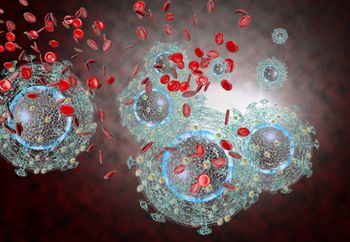
A viral therapy developed to target cancer cells, also appears capable of destroying HIV-infected cells.

A viral therapy developed to target cancer cells, also appears capable of destroying HIV-infected cells.
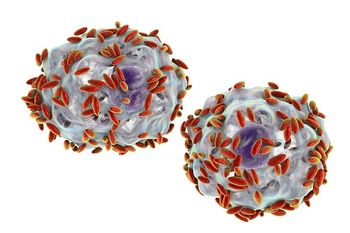
Investigators from the University of California San Diego Medical School report on the first case of Gardnerella bacteremia in an HIV-positive male following the placement of a urinary catheter.

Stay up-to-date on the latest infectious disease news by checking out our top 5 articles of the week.
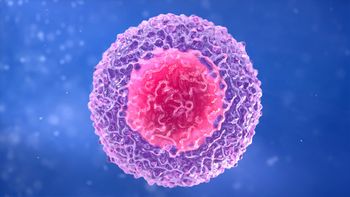
With the discovery that stem cells enable a sustained immune response to HIV, scientists are hoping to eventually reduce patients’ long-term reliance on ART.
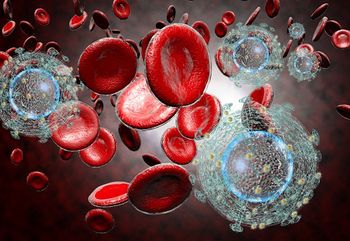
A new study suggests that exposure to drugs and violence in adolescence may increase the risk of HIV infection in adulthood.

Due to living longer and other factors, comorbidities are common in HIV-infected patients on antiretroviral therapy (ART) no matter what type of insurance they have—although some conditions are more prevalent with certain payers.

Check out the top 10 infectious disease articles of 2017.

Pedro Cahn, MD, describes the risk associated with raltegravir HD.

According to a new study, when combatting viruses such as HIV, several enzymes in the immune system may malfunction and cause cancer-related mutations.

A new study finds that THC found in marijuana could potentially slow the process of neurodegeneration in individuals with HIV.
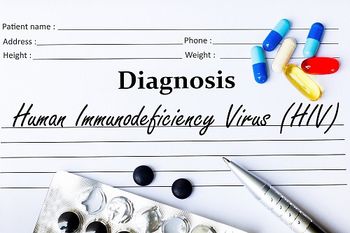
We break down our top HIV news stories of 2017. Did you read them all?

Pedro Cahn, MD, explains who the target population is for raltegravir HD.

In case you missed them, we've compiled the top five infectious disease articles from this past week.

Scientists are working on developing preventive and therapeutic strategies that target both HIV and herpes, as having herpes may make individuals more vulnerable to contracting HIV.
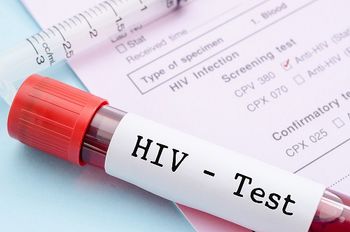
For young adults without risk factors for HIV, a new study finds several benefits to a one-time routine screening at age 25.

Investigators from the Duke Human Vaccine Institute have developed a binding assay capable of more accurately identifying new versus long-standing HIV infections.
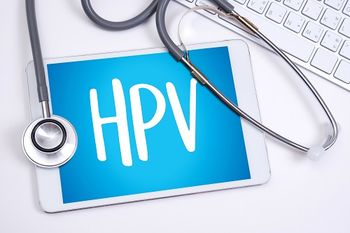
Anal high-risk human papillomavirus (HPV) infections are known to lead to anal cancer.
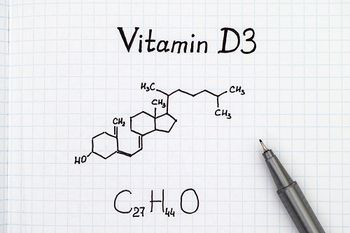
Vitamin D is known to boost bone health, but a recent study demonstrates that it has little impact on the metabolic side effects of a newly begun antiretroviral therapy (ART) regime.

The US Food and Drug Administration (FDA) has approved Ortho Clinical Diagnostics' VITROS Immunodiagnostic Products HIV Combo Reagent Pack and Calibrator on the VITROS 3600 Immunodiagnostic System.

In case you missed them, we've compiled the top 5 articles from this past week.
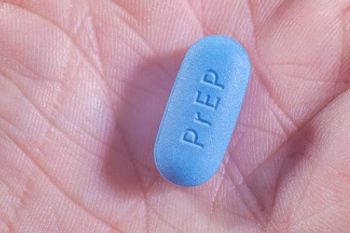
A new study from investigators at Drexel University revealed that if 25% of high-risk men who have sex with men appropriately used the pre-exposure prophylaxis (PrEP), 3 out of every 10 HIV infections in this population could be prevented.
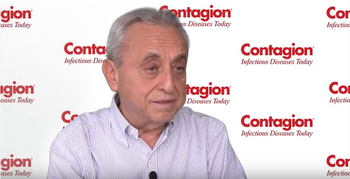
Pedro Cahn, MD, shares the results found after 96-weeks of follow-up for the onceMRK Phase 3 clinical trial.

Investigators from George Mason University have developed another diagnostic method for tuberculosis (TB), a highly sensitive and specific urine test.

A new study compares the long-term effects of combination ART (cART) initiation during primary HIV infection with therapy initiation during chronic HIV infection.

Jake Glaser describes how recent advances against HIV & AIDS have affected the philanthropic community.